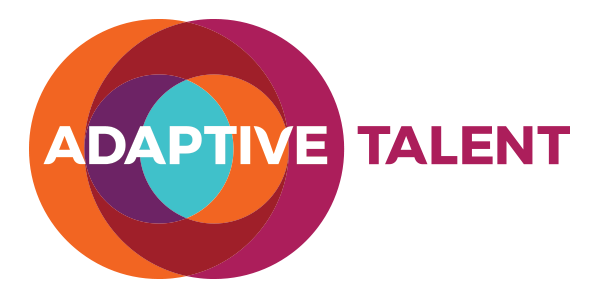I enjoyed the October, 2017 McKinsey & Company post on Zappos’ Tony Hsieh. I admire him and Zappos for truly building an organization around their values, and for being fearless in experimenting with a new organizational approach that attempts to maximize every employee’s ability to act as a leader, and thus increase the odds that the organization is as responsive as possible. Here’s a quote I especially appreciate:
“The Quarterly: In terms of corporate structure, what do you think you give up by optimizing for adaptability instead of predictability?
Tony Hsieh: There’s a quote attributed to Charles Darwin—it may be misattributed—but it’s something like, “It’s not the fastest or strongest or most intelligent of species that survives. It’s the one most adaptable to change.” The world’s moving faster and faster. Technology is enabling things to happen more and more quickly, and information flows much more quickly than it did 20 to 30 years ago. It’s really going from a mind-set of, “How do we try to predict, plan, and control and execute on a specific plan?” to a mind-set that’s more about, “How can we get fast feedback loops? How do we constantly sense and respond and build the organization around adaptability and resilience and longevity?” versus the more traditional mind-set of efficiency. Systems theory and research has shown that if you’re maximizing for both efficiency and stability, usually that’s at the cost of resilience. Resilience is harder to maximize for because it’s harder to observe and measure compared to efficiency and/or stability.
It may be that, on a metalevel, what’s less predictable is what our org chart is going to look like six months from now. But I don’t know whether predictability is actually an advantage. I think that’s how organizations get stuck, because they want that predictability of structure. But if it’s the wrong structure, what’s the benefit of being predictably wrong? The structure of the organization is a variable that affects the productivity and output of the organization. And most organizations aren’t designed for changing their org structure in any efficient or easy way.”
You don’t have to be fully self-organized to benefit. Simple things like hack-a-thons, contests, or even regular “talent shows” where employees present to either management, or a combination of management and employee representatives, can generate ideas to improve efficiency or interesting new products or services. You can charter task teams to work across the organization with representatives from different functional expertise to accelerate innovation.
The key is to ask yourself what balance between efficiency and innovation you are striking via your executives’ focus and resourcing (budgets, time, people). This still requires a huge investment in people’s leadership, and their comfort with ambiguity, learning, failure, and operating in complexity. This last part is key: when the past is no longer as helpful in planning your future, it changes the definition of successful leadership to someone who can sense, experiment, and learn (in other words, adapt) faster than the competition. It means giving up on a perfect plan, or the comfort of habitually operating as you’ve done in the past. People love their habits and to feel comfortable, so the art of this is helping people cherish their their ability to contribute to a compelling purpose more than the perceived comfort of being an expert, having power, and looking good.
The pandemic has been a superb example of what’s possible when we need to change. Reach out to us and let’s chat about your goals and challenges to see we can partner with you to improve your results and adaptability via our culture and organizational development consulting, communications and coaching / mentoring training, total rewards consulting, assessments, leadership coaching and development programs and retained search to help you land high impact talent.
One last thing: rest in peace Tony Hsieh. You were an inspirational leader.

